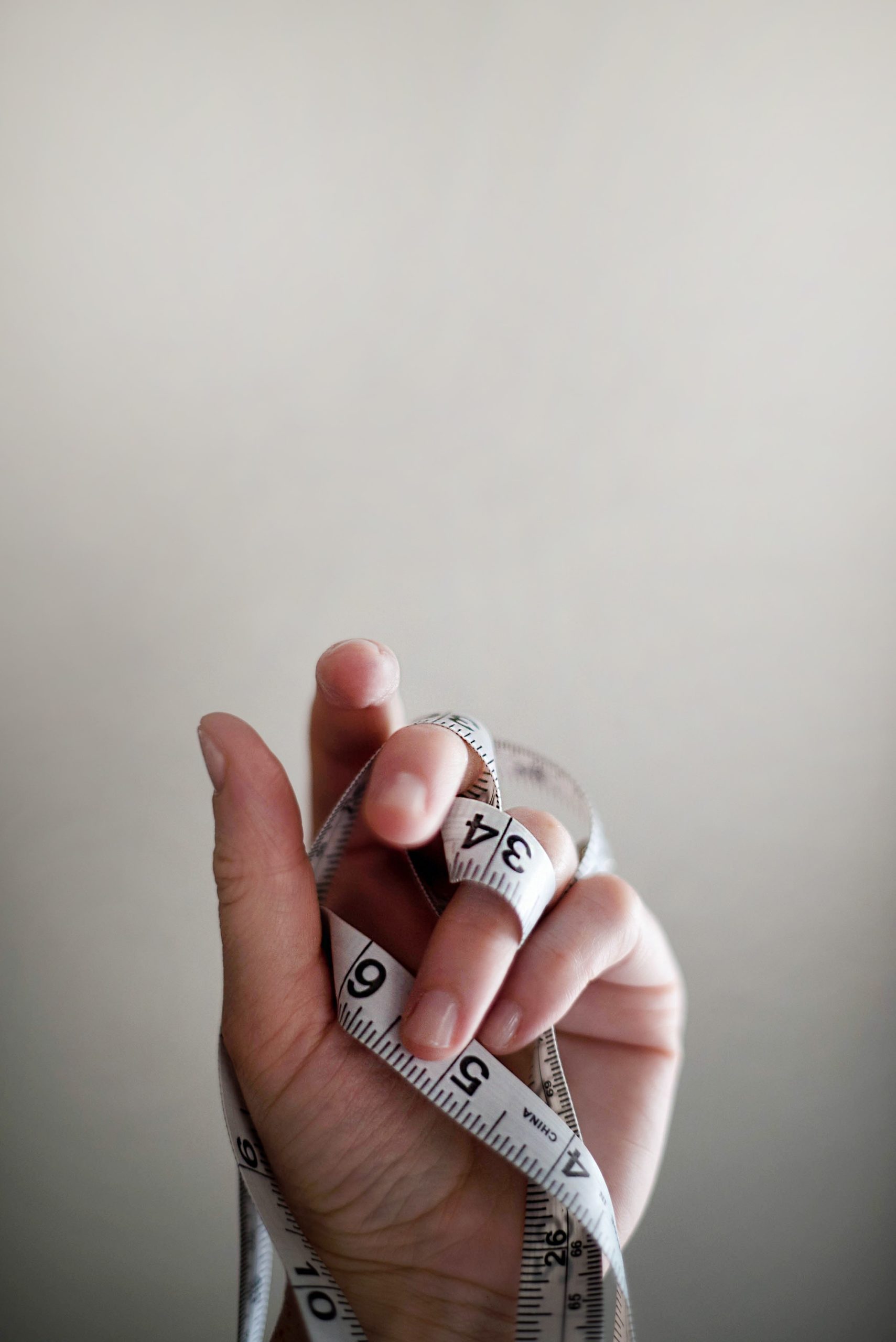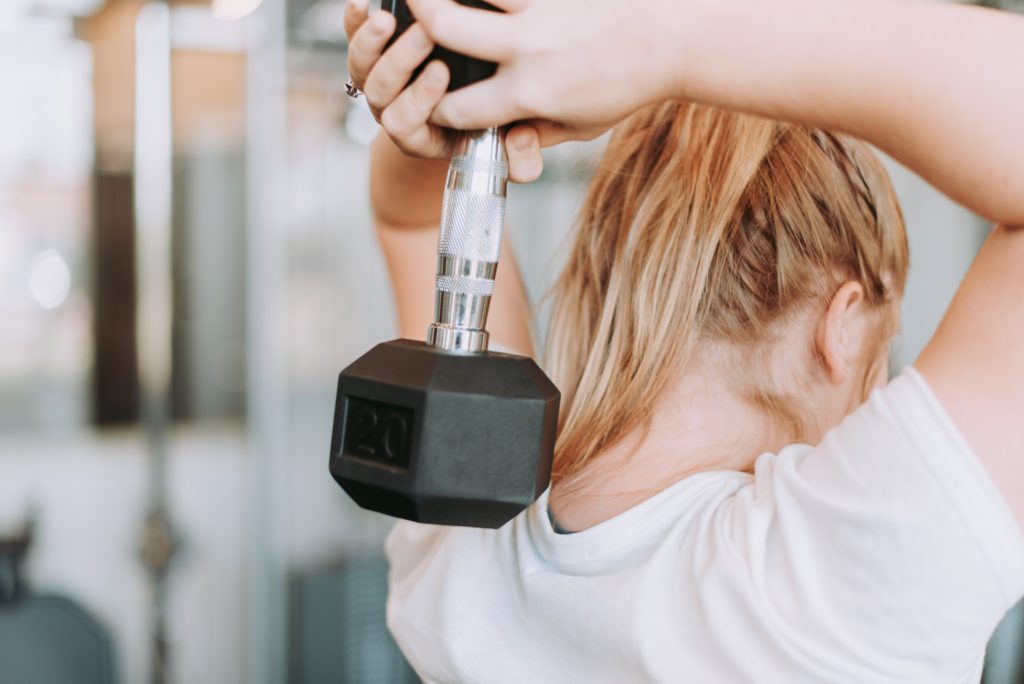 What is lymphoedema?
What is lymphoedema?
Lymphoedema is an accumulation of excessive fluid resulting in swelling of one or more regions of the body. This results from the lymphatic system being unable to drain fluid into the circulatory system.
Lymphoedema is a common side effect of people who have received surgery for the removal of lymph nodes. It also may result from damage to the lymph nodes from radiotherapy or malignancy. Lymphoedema is commonly seen in people after breast cancer, gynaecological and head and neck surgery. The onset of lymphoedema can happen at any time, from months to years after treatment.
Not all people will develop lymphoedema. People at the highest risk of developing lymphoedema are those who:
-
-
-
-
-
- Have had a full axillary clearance
- Have increased body mass index
- Have had radiotherapy
-
-
-
-
Previously it was advised people with lymphoedema avoid air travel, blood pressure readings and blood draws from the affected limb to reduce the risk of lymphoedema. However, recent evidence suggests these risks are very low. It is important to communicate these risks with patients if they have concerns.
- Tight jewellery or clothing
- Heaviness in the limb
- Pain
- Tight bands in the armpit (indicating cording)
- A difference in limb circumference of > 2cm
Basic advice about lymphoedema can be given by exercise professionals if someone has or you suspect they may have lymphoedema:
-
- Adopting regular skin care
- Maintaining healthy weight
- Using compression garments (depending on individual need)
Cancer Australia have useful patient education resources
Some patients will have more complex lymphoedema management needs. They should be referred to an accredited lymphoedema practitioner. You can find a practitioner via the Australian Lymphology Association.
Other treaments a lymphoedema therapist may do include:
-
- Laser therapy
- Prescription of compression garment
- Complex decongestion therapy
- Prescription of specific lymphodema exercise
- Manual lymphatic drainage
More information can be found here.

